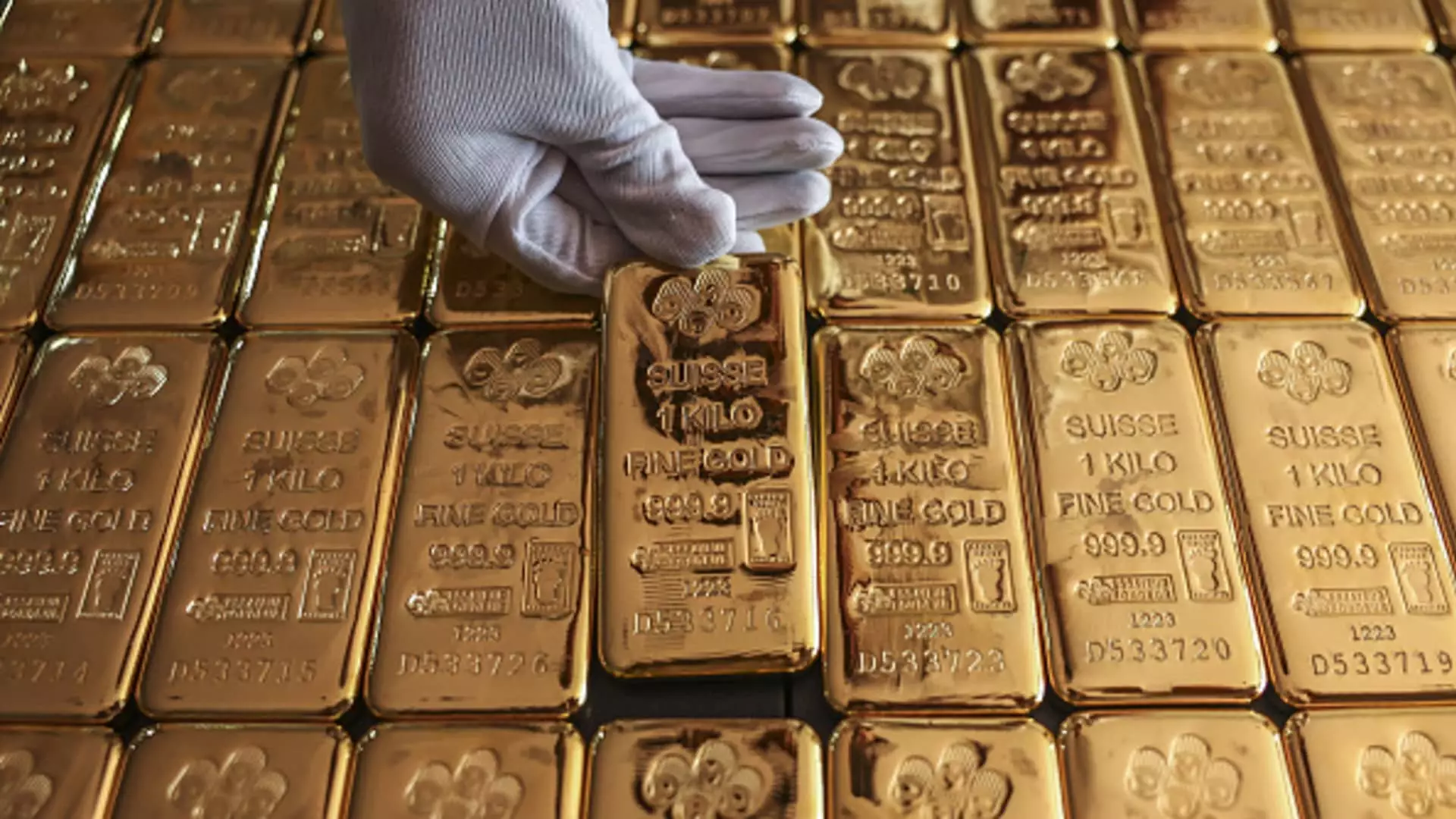In a world increasingly focused on portfolio diversification and risk management, gold has managed to maintain its allure as a safe haven investment. Two decades after the inception of the world’s first gold-tracking Exchange Traded Fund (ETF), George Milling-Stanley, the chief gold strategist at State Street, voices an optimistic outlook for the precious metal. During a recent appearance on CNBC’s “ETF Edge,” Milling-Stanley emphasized the robust demand for gold driven by central banks and individual investors in emerging economies, particularly in Asia.
This sentiment comes on the heels of heightened market activity following recent elections, which typically create volatility in various asset classes. While the aftermath saw a notable shift towards riskier assets—such as equities and cryptocurrencies—Milling-Stanley asserts that gold and the SPDR Gold Shares ETF (GLD) are beginning to recuperate from any losses sustained during this period. The continued interest in gold underlines its position as a cornerstone for investors looking for stability amidst market upheavals.
The launch of the GLD ETF marked a significant transformation in how individuals and institutional investors engage with gold. Prior to its introduction, gold investments were predominantly through jewelry and physical bullion. However, the emergence of ETFs has shifted this paradigm, allowing for much greater accessibility and flexibility. As a result, investment strategies have evolved, shifting towards the use of gold as a vital component of diversified portfolios.
Milling-Stanley asserts that this transition reflects a broader change in the investment landscape, illustrating how gold is no longer viewed merely as a commodity but as a strategic asset. This evolution signifies a pivotal moment for portfolio management, wherein investors increasingly recognize the potential of gold as a hedge against inflation and economic instability.
Todd Sohn, ETF and technical strategist at Strategas, additionally notes that the GLD ETF has democratized access to gold investment. By enabling a straightforward mechanism for trading, ETFs like GLD have attracted a wide range of investors previously deterred by the complexities of owning physical gold. The diversification benefits provided by the integration of gold into standard portfolios are pronounced, offering a counterbalance to traditional equities and fixed-income products.
Since its inception, the GLD ETF has experienced a staggering increase of 451%, a testament to its success and the growing recognition of gold’s inherent value. This remarkable performance highlights the shifting perceptions around gold, transitioning it into a mainstream investment choice.
As we look ahead, the future of gold investment appears promising, bolstered by the steady interest from both institutional players and individual investors. The lessons gleaned from the last two decades position gold not only as a store of value but also as an essential asset in effective portfolio management. As the financial landscape continues to evolve, the enduring appeal of gold suggests that it will remain a critical player in the investment arena for years to come. Whether in times of uncertainty or periods of growth, gold’s role as a protective asset will likely reinforce its significance in a well-rounded investment strategy.

